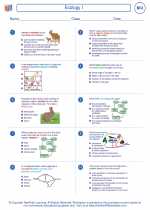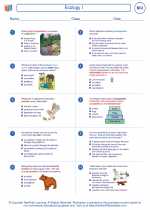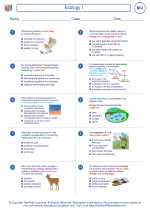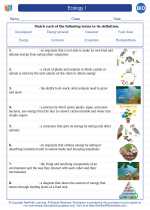Bladder
The bladder is a hollow, muscular organ located in the lower abdomen. Its primary function is to store urine produced by the kidneys until it is ready to be expelled from the body through the urethra.
Anatomy of the Bladder
The bladder is composed of several layers of tissue, including:
- Mucosa: The innermost layer of the bladder lining, made up of transitional epithelium that allows the bladder to stretch as it fills with urine.
- Muscularis: A layer of smooth muscle tissue that contracts to expel urine from the bladder.
- Serosa: The outermost layer that provides a smooth, protective covering for the bladder.
Function of the Bladder
When the bladder is empty, it is collapsed and the muscularis is relaxed. As urine is produced by the kidneys and enters the bladder through the ureters, the bladder gradually expands to accommodate the increasing volume of urine. When the bladder is full, stretch receptors in the bladder wall send signals to the brain, triggering the urge to urinate.
When it is convenient, the external urethral sphincter, a muscular structure that surrounds the urethra, can be voluntarily relaxed to allow the bladder to contract and expel urine through the urethra and out of the body.
Common Bladder Disorders
Several disorders can affect the bladder, including:
- Urinary Incontinence: The inability to control the release of urine from the bladder.
- Urinary Tract Infections (UTIs): Infections that can occur in the bladder, causing pain and discomfort during urination.
- Bladder Cancer: Abnormal growth of cells in the bladder, which can lead to various symptoms including blood in the urine.
Study Guide
To study the bladder effectively, consider the following key points:
- Understand the anatomy of the bladder, including its layers and the function of each layer.
- Learn about the process of urine storage and expulsion by the bladder, including the role of stretch receptors and the external urethral sphincter.
- Investigate common bladder disorders, their causes, symptoms, and potential treatments.
- Explore the importance of maintaining bladder health through proper hydration, hygiene, and regular bathroom habits.
By mastering these concepts, you will have a comprehensive understanding of the bladder and its role in the excretory system.
.◂Biology Worksheets and Study Guides High School. Ecology I

 Worksheet/Answer key
Worksheet/Answer key
 Worksheet/Answer key
Worksheet/Answer key
 Worksheet/Answer key
Worksheet/Answer key
 Vocabulary/Answer key
Vocabulary/Answer key
 Vocabulary/Answer key
Vocabulary/Answer key
